How to feed your skin to combat 8 common problems
I think it’s fascinating to discover how ideas about health and beauty have changed over time. They’ve flip-flopped back and forth pretty consistently over the last 100 years, and it turns out that even the Romans had some pretty sophisticated beauty products that would compete well against today’s concoctions!
By the early 20th century, scientists were fully poo-pooing the idea that natural concoctions could do anything more than provide a temporary moisture boost and other superficial benefits. I have to admit that was one of my first questions when I began natural beauty month. I was wondering if I should bother putting creams, potions or lotions on my body. “Does it really make any tangible difference to my skin’s health and do I really need to spend money on these products?” It’s easy to believe that it’s all just hype.
Topical products do indeed “feed the skin” and get deep into your body
Karl Stejskal, MD, of Vienna, proved all the naysayers wrong in 1926, when he showed that olive oil can penetrate the skin and make it into the body. The theory wasn’t fully proven until 1976 when scientists applied topical Omega 3’s to the skin, and the oils which were applied on the skin, actually overcame internal dietary deficiencies of Omega 3’s! This proved that you can take in nutrients via your skin to actually improve your health. This principle is also the reason why harmful beauty products are to be avoided. You skin sucks them right into your body. Yuck!
Dermatologists Alan Logan and Mark Rubin and naturopath Phillip Levy, put together a fascinating skincare history in their book, Your Skin, Younger, which provides a well researched overview of everything that science has discovered about skincare, health and the ageing process over the course of human history. I highly recommend the read.They outline effective, natural and results oriented tools that give us natural beauty, tackle the 8 skin problems (see below), and help us get healthier on the inside as well as the outside. Now, that’s my kind of holistic beauty program!
Defining the skin problem that “is” as opposed to the one that “isn’t”
A few years ago I spent 4 days in Paris learning from one of my business mentors, Keith Cunningham. Cunningham is the real life multi-business entrepreneur and eponymous Rich Dad ‘star’ of the book Rich Dad, Poor Dad. Something he shared that really resonated with me is that when it comes to choosing a solution, you first have to get incredibly clear about the “problem-that-is”, as opposed to the “problem-that-isn’t”. Once you really dive into knowing the problem, then the solutions become almost effortless to find.
Instead of just saying “I have bad skin”, it really helps to clarify what “bad” means.
I find the breakdown by dermatologist Dr. Adrienne Denese, author of Secrets for Ageless Skin, very useful to clarify the problem(s) we’re trying to tackle.
Dr. Denese groups skin problems into these 8 categories:
- Lines and wrinkles
- Enlarged pores
- Clogged pores and bumpiness under skin
- Skin turning sallow, dull, lacking radiance
- Dark discolouration’s like age spots, sun spots, acne spots
- Red capillaries or generalised nose and cheek redness
- Sagging around the jawline and under chin
- Thinning, dry skin
Of the eight problems, lines and wrinkles are the ones that seem to make most of us feel the oldest. Interestingly they also make other’s perceive us as older, less healthy and less vital. Logan, Rubin and Levy found that both wrinkles and even skin tone were the two major factors considered when people try to size us up to determine our chronological age.
I’m going to focus primarily on these two problems of wrinkles and uneven skin tone when searching for natural beauty solutions this month. Let’s see if we can actually source natural beauty products that get real results in these 2 areas!
Natural Beauty Tip No. 10: Before searching for beauty products, figure out what the actual problem “is”, so you can choose beauty solutions with the most relevant active ingredients.
Tip 1 | Tip 2 | Tip 3 | Tip 4 | Tip 5 | Tip 6 | Tip 7 | Tip 8 | Tip 9 | Tip 10


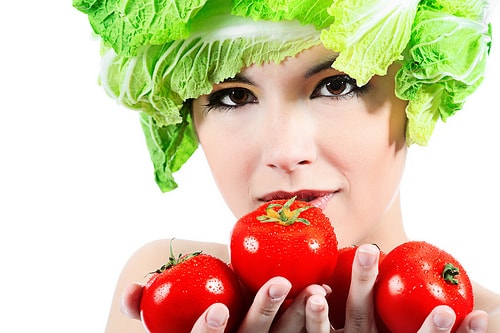


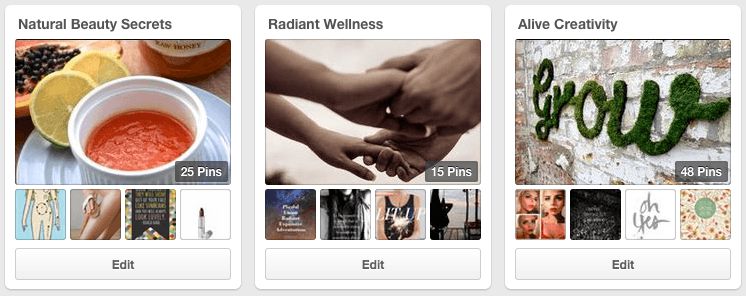
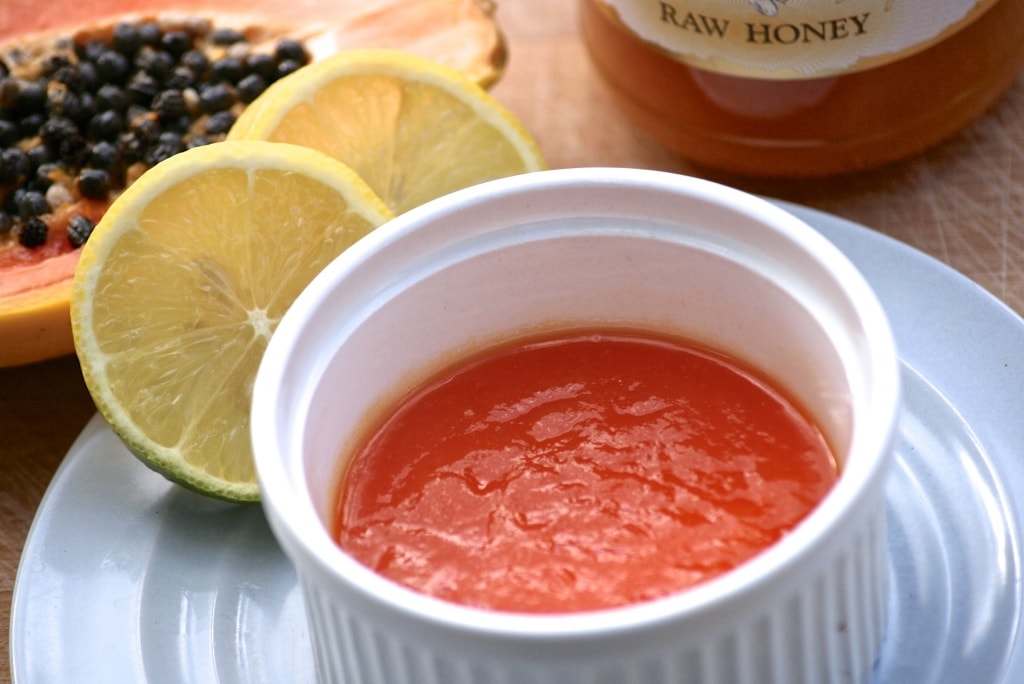
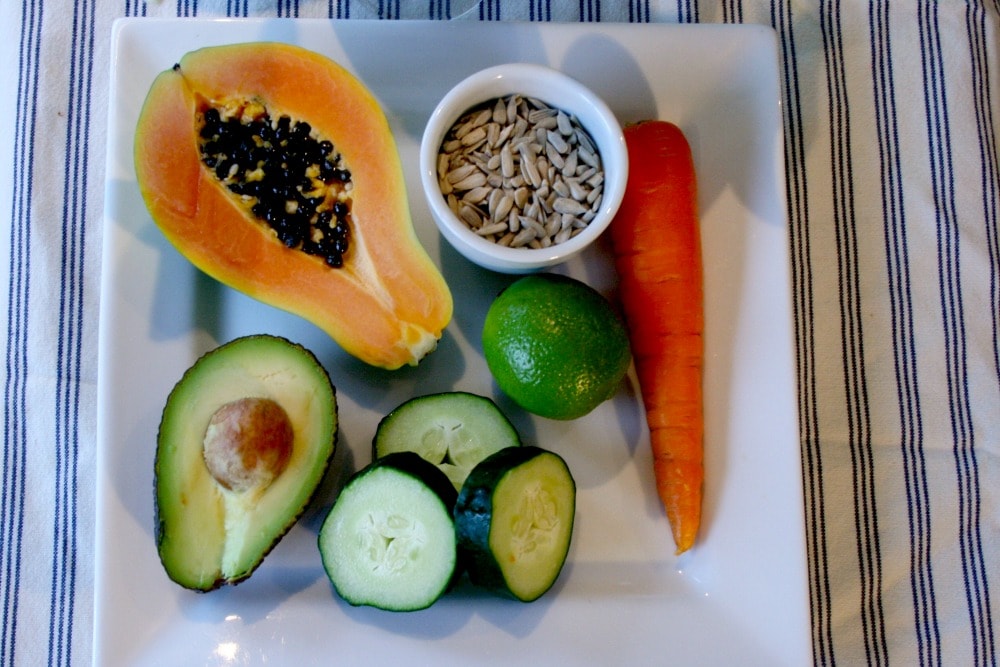
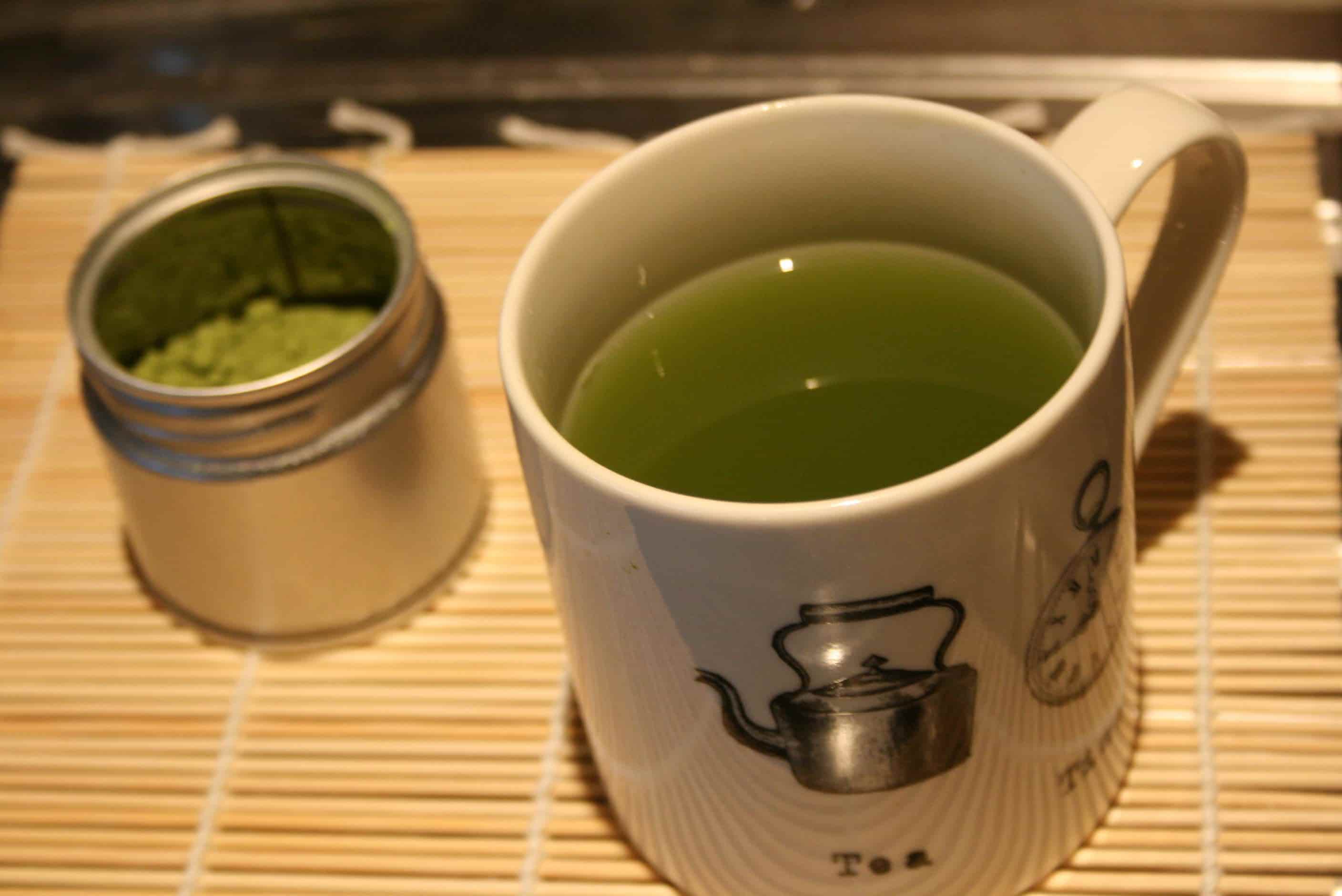

Leave A Comment